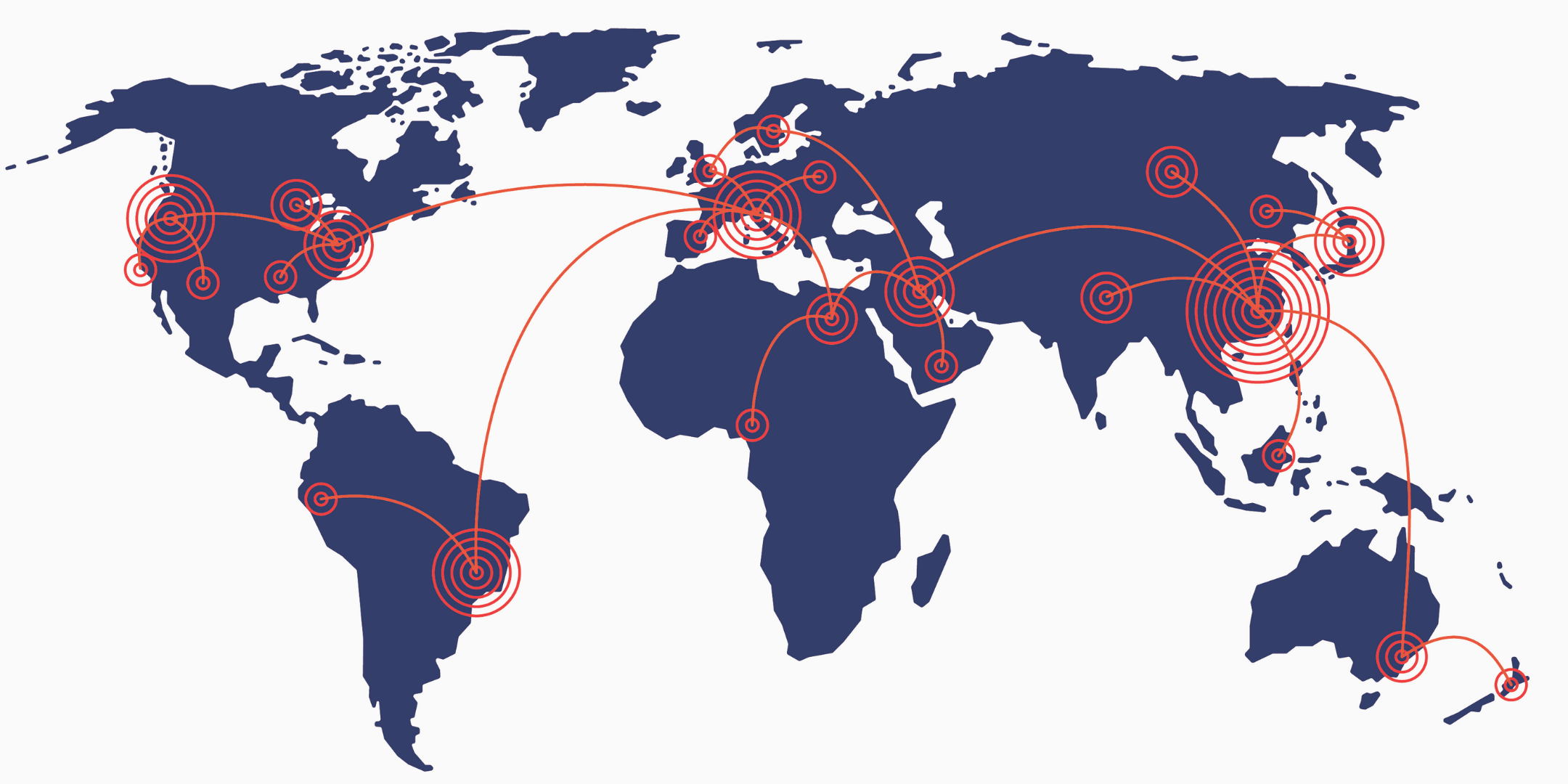3 min read
By: RedLegg Blog
X.509 Email Address 4-Byte Buffer Overflow Vulnerability
Identifier: CVE-2022-3602
Exploit or POC: No
Update: https://www.openssl.org/news/secadv/20221101.txt
Description: CVE-2022-3602 is a buffer overflow vulnerability that could potentially elicit remote code execution or denial of service. A successful exploit can be initiated in the X.509 certificate verification. This vulnerability allows an attacker to send a specially crafted malicious email address to overflow four attacker-controlled bytes on the stack.
Mitigation recommendation: Patching is currently the only method of mitigation
RedLegg Action: None at this time.
X.509 Email Address Variable Length Buffer Overflow Vulnerability
Identifier: CVE-2022-3786
Exploit or POC: No
Update: https://www.openssl.org/news/secadv/20221101.txt
Description: CVE-2022-3786 is a buffer overflow vulnerability that could potentially elicit a denial of service. A successful exploit can be initiated in the X.509 certificate verification. This vulnerability allows an attacker to send a specially crafted malicious email address in a certificate to overflow an arbitrary number of bytes containing the ‘.’ character (decimal 46) on the stack.
Mitigation recommendation: Patching is currently the only method of mitigation
RedLegg Action: None at this time.







